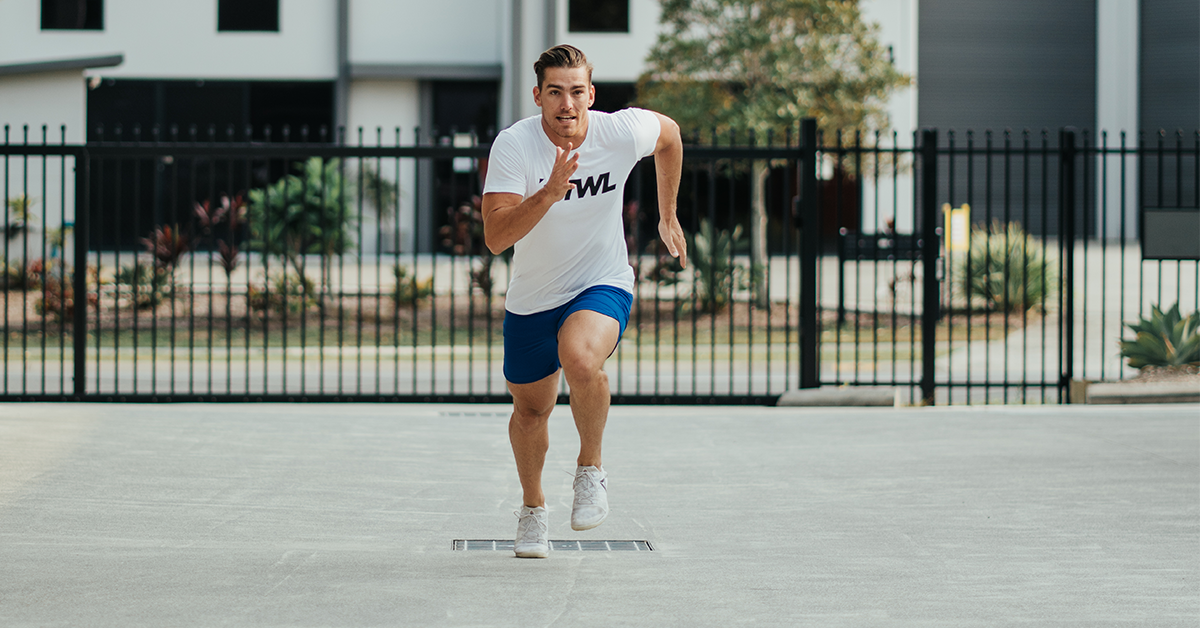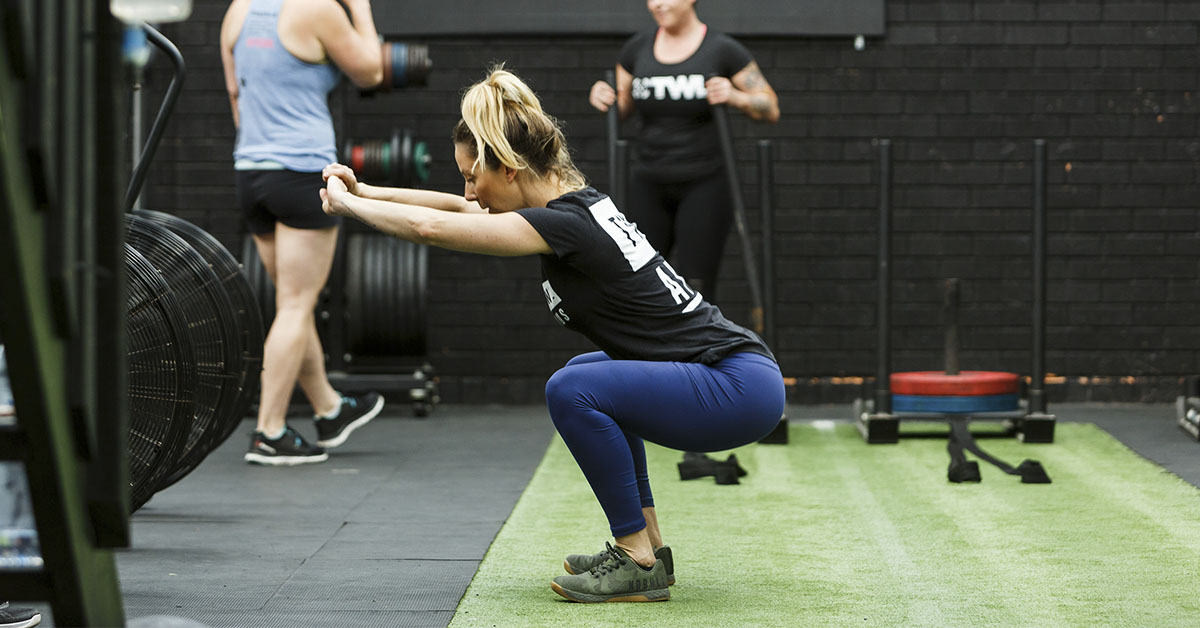If there’s one thing you can count on in CrossFit, it’s running of some kind — maybe not long distances, and probably with some other movement breaking it up; but there will be running. If you do CrossFit because running sucks, chances are the running workouts will destroy your scores. Add that to the list of reasons why you should be sprinting.
Whether 10-meter sprints, suicides on the basketball court or 100-meter sprints on the local track, sprints offer ample health and fitness benefits. And if you give them your best effort, you’ll start noticing the payoff almost right away. Here are a few reasons to make sprints a regular part of your workout routine.
1. Sprint Workouts are Time-Efficient
After a full-body warmup, with special focus on activating the muscles in your legs, a sprint circuit can take anywhere from seven to 30 minutes, depending on how far you’re running and how much time you rest between each sprint. If you’re short on time, 10 all-out 100-meter sprints with a full minute of rest could take you just 12 minutes — and provide you with greater health and fitness benefits than running at a moderate pace for the same amount of time.

2. Sprint Workouts Strengthen Your Lungs
Studies have found sprint intervals increase maximal oxygen uptake, a.k.a. VO2 max, or the amount of oxygen your lungs absorb with each breath.
This is good news for your athletic performance: athletes with a higher VO2 max are able to perform at a higher level for a longer amount of time — so not only are sprints good for your speed, but they’re also good for your endurance.
In fact, multiple studies have found high intensity intervals (like sprint circuits) are better at increasing aerobic capacity than long, steady endurance training.
3. Sprints Develop Explosiveness
The list of explosive movements in CrossFit is long. Box jumps, burpees, the Olympic lifts — explosive movements are staples of the regimen.

Guess what? Sprints are all about explosiveness. They utilize fast-twitch muscle fibers and call athletes from a static or slow-moving state into an all-out chase. And while the Olympic lifts and jumping exercises can produce velocities above one and three meters per second, sprinting can produce velocities well over twice those speeds.
Train hard on the track, regularly increase your sprint velocity, and logic holds that that power will translate into other explosive movements, like the dreaded burpee box jump-over.
On top of these three things, there’s the fact that sprinting engages your whole body — your arms and shoulders help drive your momentum forward; your whole core is utilized. It’s a functional movement with practical application even outside of athletic contexts.
And let’s be real: Sprinting is fun. It’s fast, it’s short and you don’t have the chance to get bored.
















